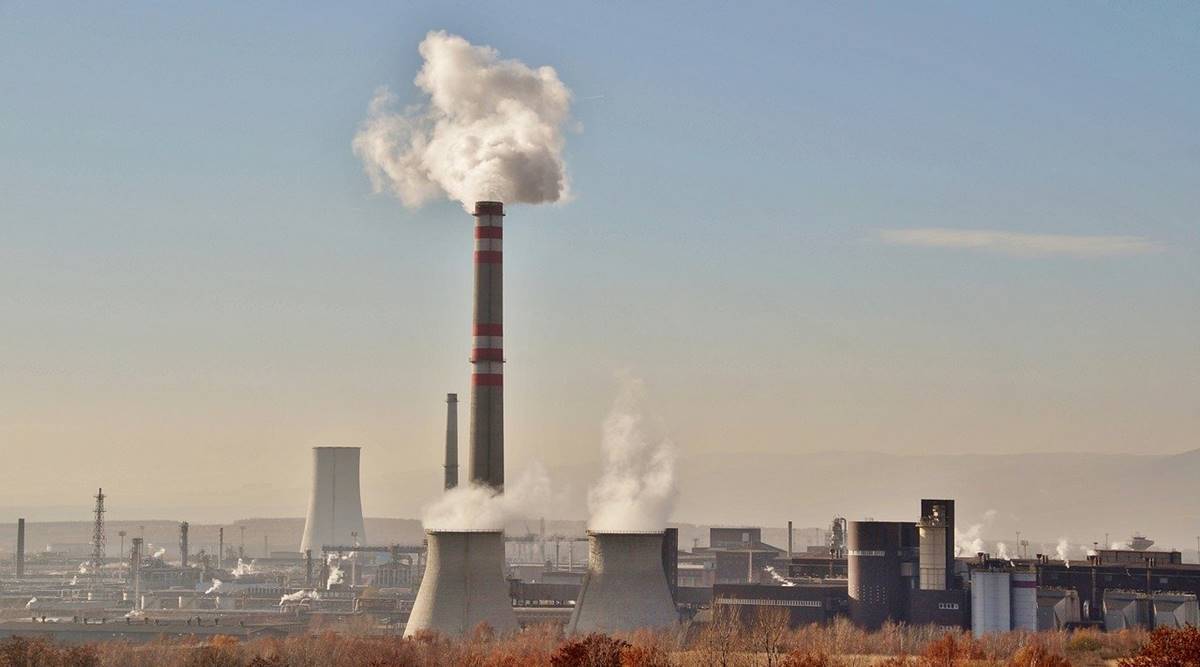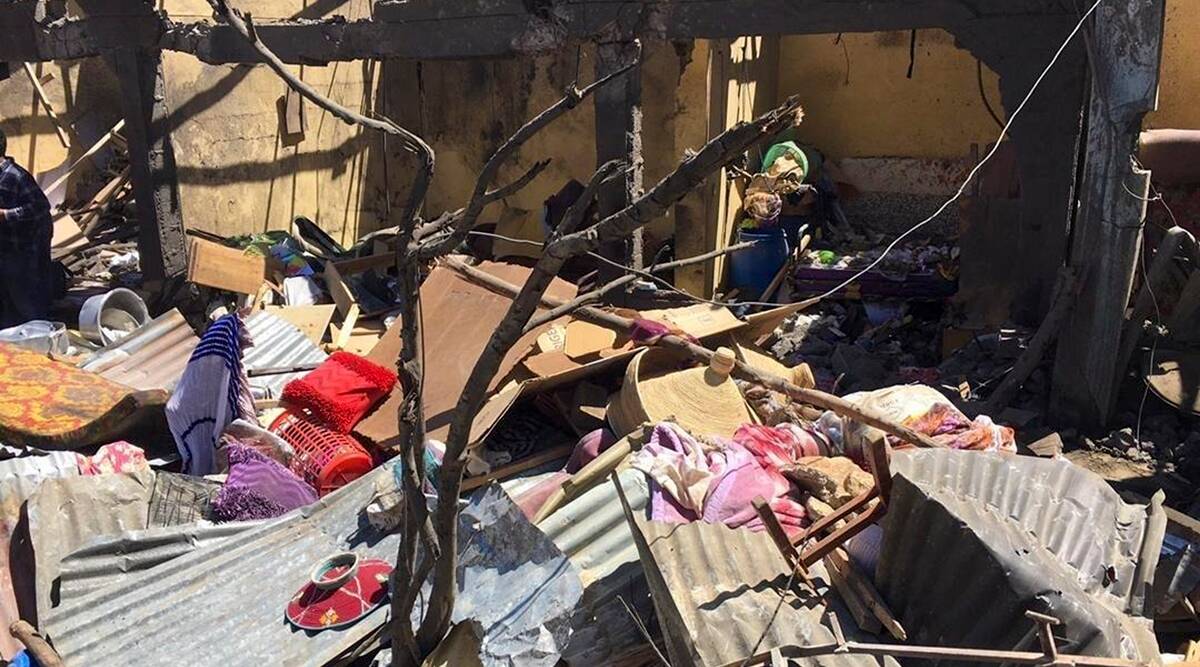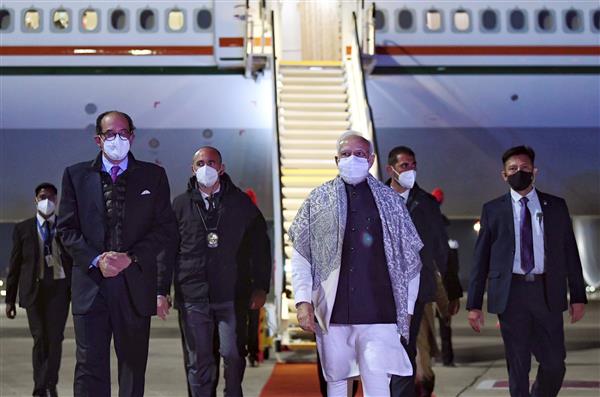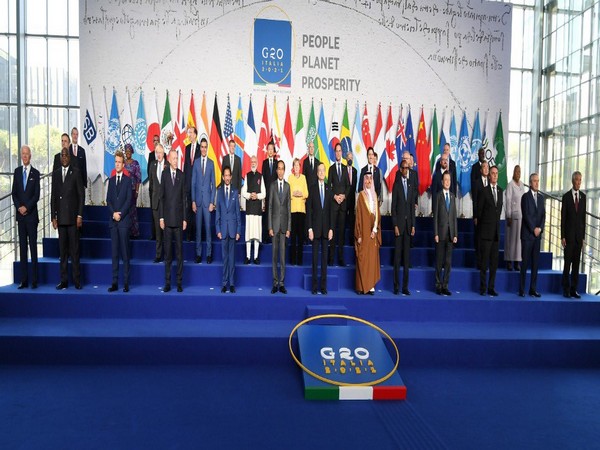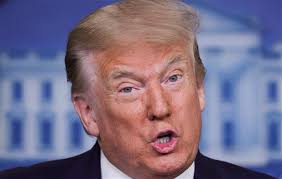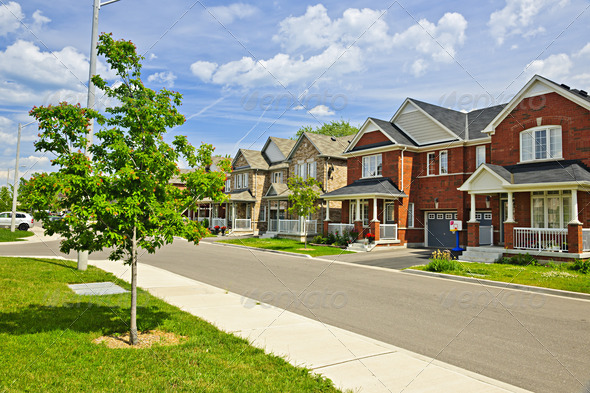
06/10/2023
Washington, June 10: Thick, smoky air from Canadian wildfires made for days of misery in New York City and across the U.S. Northeast this week. But for much of the rest of the world, breathing dangerously polluted air is an inescapable fact of life — and death.
Almost the entire world breathes air that exceeds the World Health Organization’s air-quality limits at least occasionally. The danger grows worse when that bad air is more persistent than the nightmarish shroud that U.S— usually in developing or newly industrialized nations. That’s where most of the 4.2 million deaths blamed on outdoor air pollution occurred in 2019, the U.N.’s health agency reported.
“Air pollution has no boundaries, and it is high time everyone comes together to fight it,” said Bhavreen Kandhari, the co-founder of Warrior Moms in India, a network of mothers pushing for clean air and climate action in a nation with some of the world’s consistently worst air. “What we are seeing in the U.S. should shake us all.”
“This is a severe air pollution episode in the U.S.,” said Jeremy Sarnat, a professor of environmental health at Emory University’s Rollins School of Public Health. “But it’s fairly typical for what millions and millions of people experience in other parts of the world.”
Last year, nine of the 10 cities with the highest annual average of fine particulate matter were in Asia — including six in India, according to air quality company IQAir, which aggregates readings from ground level monitoring stations worldwide.
Fine particulate matter, sometimes denoted as PM 2.5, refers to airborne particles or droplets of 2.5 microns or less. That’s far smaller than a human hair, and the particles can reach deep into lungs to cause eye, nose, throat and lung irritation and even affect heart function.
Sajjad Haider, a 31-year-old shopkeeper in Lahore, Pakistan, rides his motorbike to work daily. He wears a mask and goggles against frequent air pollution in the city of 11 million, but suffers from eye infections, breathing problems and chest congestion that get worse as smog grows in winter.
On his doctor’s advice, he relies on hot water and steam to clear his chest, but said he cannot follow another bit of the doctor’s advice: Don’t go out on his motorbike if he wants to keep his health.
Last year, Lahore had the world’s highest average concentration of fine particulate matter at nearly 100 micrograms per cubic meter of air. By comparison, New York City’s concentration hit 303 at one point on Wednesday.
But New York’s air typically falls well within healthy levels. The U.S. Environmental Protection Agency’s standard for exposure is no more than 35 micrograms per day, and no more than 12 micrograms a day for longer-term exposure. New York’s annual average was 10 or below the past two years.
New Delhi, a heaving city of more than 20 million where Kandhari lives, usually tops the list of the many Indian cities gasping for breath as haze turns the capital’s sky gray and obscures buildings and monuments. It’s worse in autumn, when the burning of crop residues in neighboring states coincides with cooler temperatures that trap deadly smoke over the city, sometimes for weeks.
Many African countries in the Sahara Desert regularly grapple with bad air due to sandstorms. On Thursday, AccuWeather gave nations ranging from Egypt to Senegal a rating of purple, for dangerous air quality. It was the same rating given this week to New York and Washington, D.C.
Senegal has suffered unsafe air for years. It’s especially bad in Senegal’s east as desertification — the encroachment of the Sahara onto drylands — carries particles into the region, said Dr. Aliou Ba, a senior Greenpeace Africa campaigner based in the capital of Dakar.
The Great Green Wall, a massive tree-planting effort aimed at slowing desertification, has been underway for years. But Ba said pollution has been growing worse as the number of cars on the road, burning low-quality fuel, increases.
China has improved since Beijing was notorious for eye-watering pollution that wreathed office towers in haze, diverted flights and sent the old and young to hospitals to be put on respirators. When the air was at its worst, schools that could afford it installed inflatable covers over sports fields with airlock-style revolving doors and home air filters became as ubiquitous as rice cookers.-Agencies

